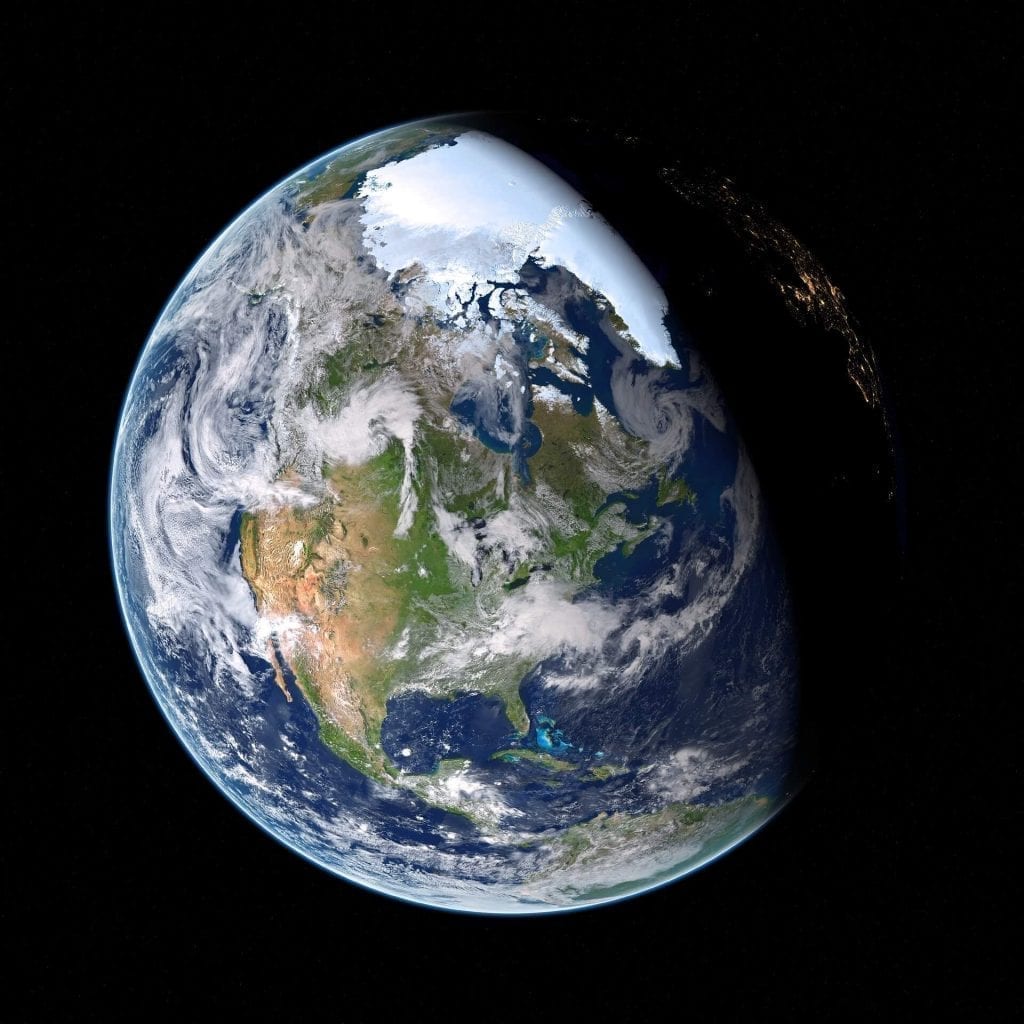What Would Happen If the Earth’s Axis Was Vertical?
The inclination of the Earth’s axis, currently 23° 27′, varies cyclically between 22° 30′ and 24° 30′ within a period of approximately 41,000 years.
The earth’s axis is extremely influential on the planet’s life: new research from the University of Melbourne might have found out that the end of the ice ages could be connected to the moment when the Earth’s axis was at its maximum inclination.

When the axis is at the maximum inclination, according to the researchers, longer summers and high average temperatures can lead to the melting of the ice of the northern hemisphere, most affected by glaciation. But what would happen if the Earth’s axis were vertical?
If the Earth’s axis were vertical, life on Earth would be very complicated, particularly because of the climate.
As we said, the Earth’s axis is inclined 23° 27’’ on the plane of the ecliptic, the plane on which the planet orbits. If it were perpendicular there would be no seasons because the sun’s rays would always hit each place with the same inclination: we would, therefore, have a completely different climate on Earth.

At the equator, the days would be very torrid, because the sun would always be directed there, while at the latitudes closest to the poles there would be extremely low temperatures.
Life would be limited to temperate bands, however, there would be less marked temperature excursions than those that actually exist. Furthermore, we would always have 12-hour days and nights, because the Sun would always illuminate exactly half of the globe.
